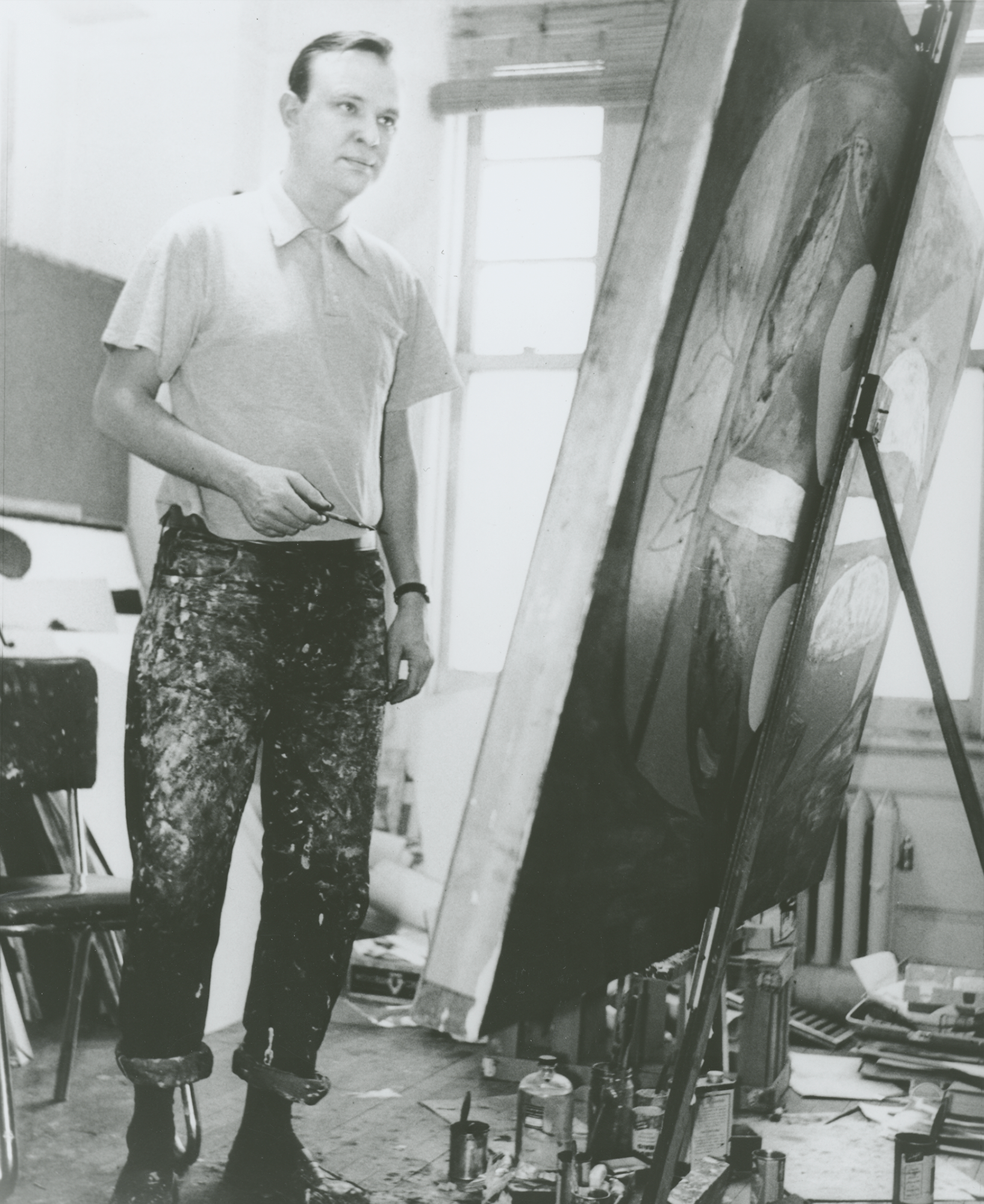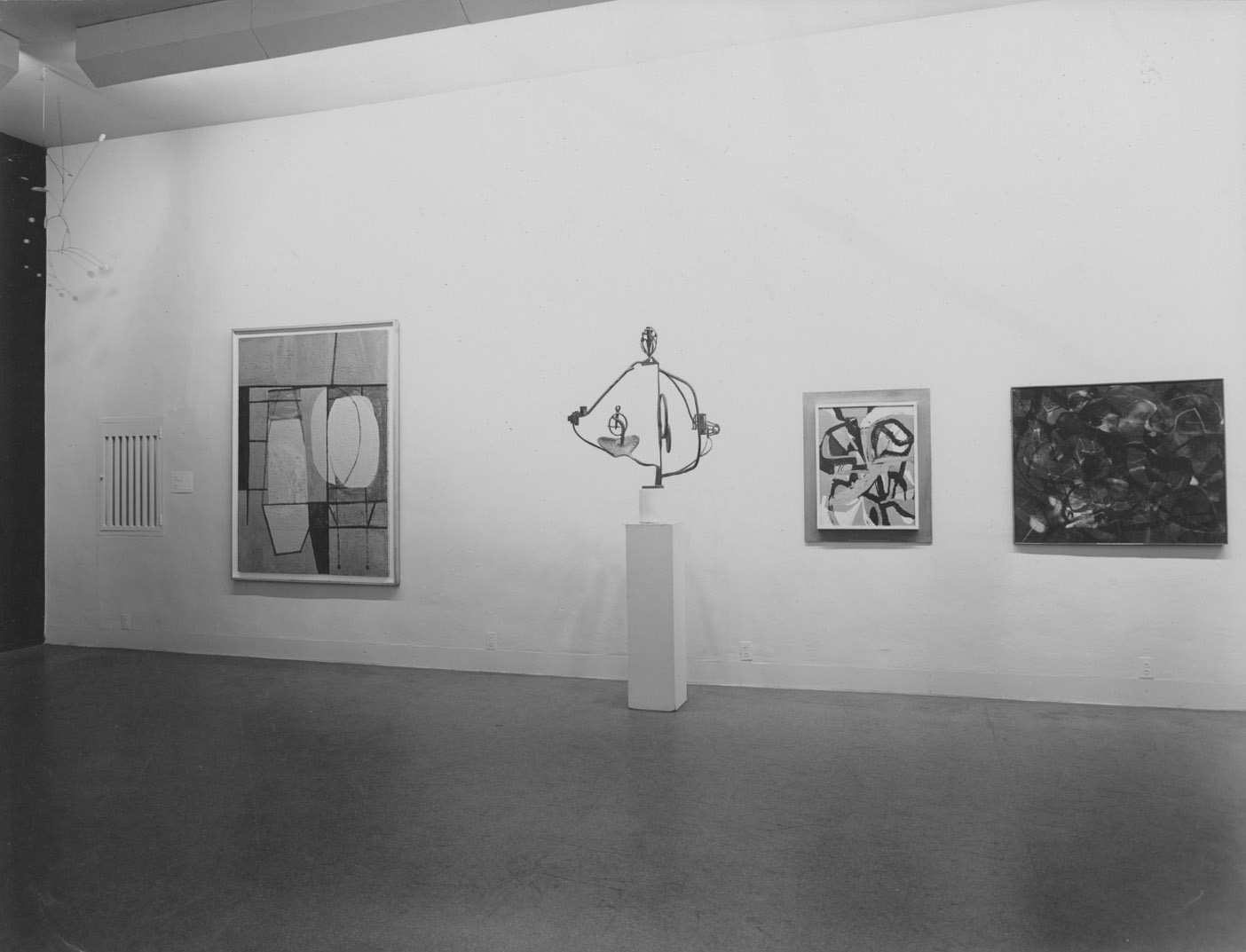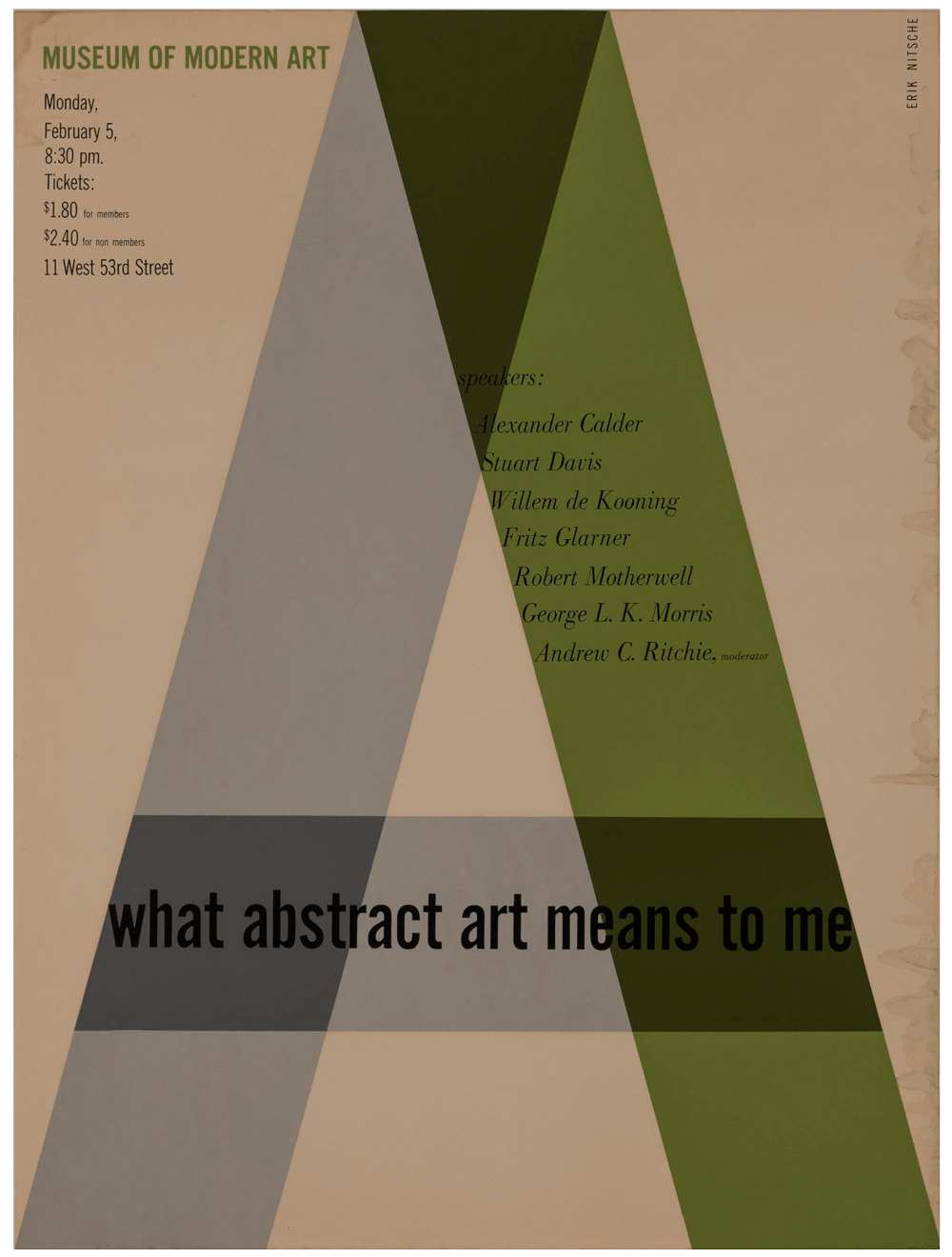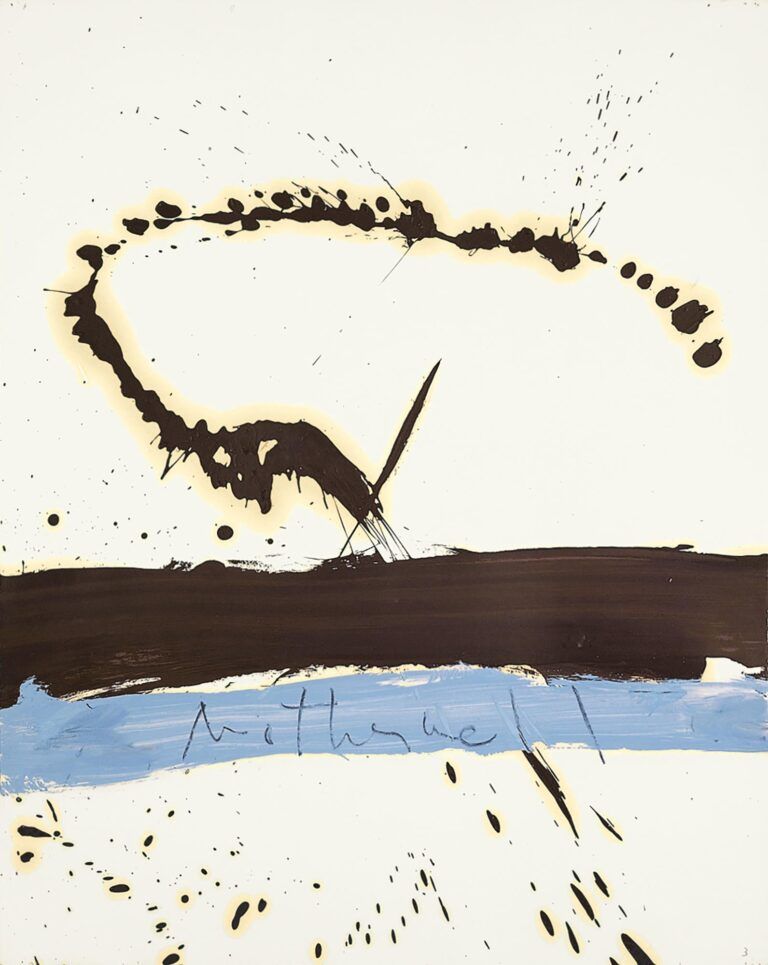Your browser is out-of-date!
Update your browser to view this website correctly. Update my browser now
What Abstract Art Means to Me (1951)
by Robert Motherwell
This essay was prepared for a February 1951 symposium at the Museum of Modern Art, New York, titled “What Abstract Art Means to Me,” and was first published in the Spring 1951 issue of the museum’s Bulletin. The symposium was organized in conjunction with the exhibition Abstract Painting and Sculpture in America.


The emergence of abstract art is one sign that there are still men able to assert feeling in the world. Men who know how to respect and follow their inner feelings, no matter how irrational or absurd they may first appear. From their perspective, it is the social world that tends to appear irrational and absurd. It is sometimes forgotten how much wit there is in certain works of abstract art. There is a certain point in undergoing anguish where one encounters the comic—I think of Miró, of the late Paul Klee, of Charlie Chaplin, of what healthy and human values their wit displays . . .
I find it sympathetic that Parisian painters have taken over the word “poetry,” in speaking of what they value in painting. But in the English-speaking world there is an implication of “literary content,” if one speaks of a painting as having “real poetry.” Yet the alternative word, “aesthetic,” does not satisfy me. It calls up in my mind those dull classrooms and books when I was a student of philosophy and the nature of the aesthetic was a course given in the philosophy department of every university. I think now that there is no such thing as the “aesthetic,” no more than there is any such thing as “art,” that each period and place has its own art and its aesthetic— which are specific applications of a more general set of human values, with emphases and rejections corresponding to the basic needs and desires of a particular place and time. I think that abstract art is uniquely modern—not in the sense that word is sometimes used, to mean that our art has “progressed” over the art of the past though abstract art may indeed represent an emergent level of evolution—but in the sense that abstract art represents the particular acceptances and rejections of men living under the conditions of modern times. If I were asked to generalize about this condition as it has been manifest in poets, painters, and composers during the last century and a half, I should say that it is a fundamentally romantic response to modern life— rebellious, individualistic, unconventional, sensitive, irritable. I should say that this attitude arose from a feeling of being ill at ease in the universe, so to speak—the collapse of religion, of the old close-knit community and family may have something to do with the origins of the feeling. I do not know.
But whatever the source of this sense of being unwedded to the universe, I think that one’s art is just one’s effort to wed oneself to the universe, to unify oneself through union. Sometimes I have an imaginary picture in mind of the poet Mallarmé in his study late at night—changing, blotting, transferring, transforming each word and its relations with such care—and I think that the sustained energy for that travail must have come from the secret knowledge that each word was a link in the chain that he was forging to bind himself to the universe; and so with other poets, composers and painters . . . If this suggestion is true, then modern art has a different face from the art of the past because it has a somewhat different function for the artist in our time. I suppose that the art of far more ancient and “simple” artists expressed something quite different, a feeling of already being at one with the world . . .
*
One of the most striking aspects of abstract art’s appearance is her nakedness, an art stripped bare. How many rejections on the part of her artists! Whole worlds—the world of objects, the world of power and propaganda, the world of anecdotes, the world of fetishes and ancestor worship. One might almost legitimately receive the impression that abstract artists don’t like anything but the act of painting . . .
What new kind of mystique is this, one might ask. For make no mistake, abstract art is a form of mysticism.
Still, this is not to describe the situation very subtly. To leave out consideration of what is being put into the painting, I mean. One might truthfully say that abstract art is stripped bare of other things in order to intensify it, its rhythms, spatial intervals, and color structure. Abstraction is a process of emphasis, and emphasis vivifies life, as A. N. Whitehead said.
Nothing as drastic an innovation as abstract art could have come into existence, save as the consequence of a most profound, relentless, unquenchable need.
The need is for felt experience—intense, immediate, direct, subtle, unified, warm, vivid, rhythmic.
Everything that might dilute the experience is stripped away. The origin of abstraction in art is that of any mode of thought. Abstract Art is a true mysticism—I dislike the word—or rather a series of mysticisms that grew up in the historical circumstance that all mysticisms do, from a primary sense of gulf, an abyss, a void between one’s lonely self and the world. Abstract art is an effort to close the void that modern men feel. Its abstraction is its emphasis.
Perhaps I have tried to be clear about things that are not so very clear, and have not been clear about what is clear, namely, that I love painting the way one loves the body of woman, that if painting must have an intellectual and social background, it is only to enhance and make more rich an essentially warm, simple, radiant act, for which everyone has a need . . .

Poster for the panel What Abstract Art Means to Me, Museum of Modern Art, New York, February 5, 1951

